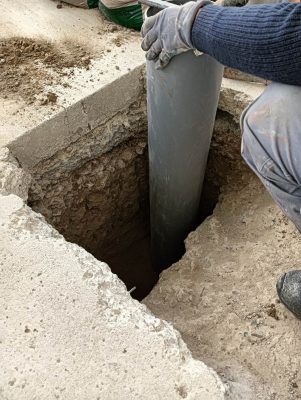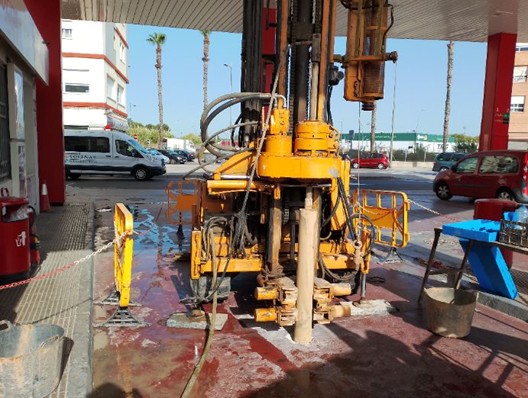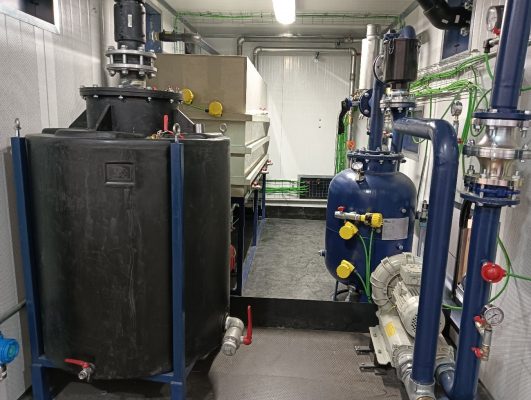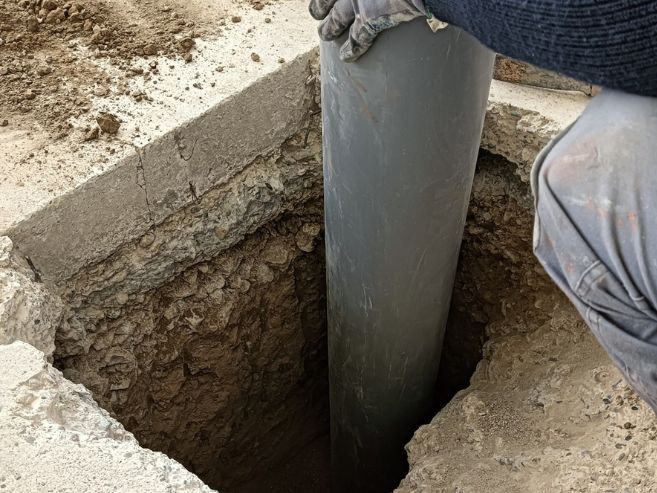INTRODUCTION
At EHS Techniques we have professionals specialized in the management of potentially contaminated soils and groundwater. Our ISO 17020 accreditation as an inspection entity, issued by ENAC, together with the authorization in all the Autonomous Communities where it is required, guarantees that the work is carried out under the highest technical and legal standards.
We offer service throughout the national territory and also internationally, relying outside Spain on a network of local partners to ensure technical capacity, logistics and extensive experience.
In the case of Service Stations, EHS Techniques offers the following benefits:
- Certification and technical guarantee, thanks to ISO 17020 accreditation and regional authorization to work in contaminated soil and water.
- Clear diagnosis of future risks and costs, allowing for financial planning of potential liabilities
- Legal and reputational protection, anticipating pollution problems, reducing environmental liabilities and avoiding administrative sanctions.
- Tailor-made solutions, with appropriate technology according to the extent of contamination, operational capacity and site conditions.
- Comprehensive management, from investigation to effective remediation, supervision and verification of final results, ensuring compliance with legal requirements.
CHALLENGES IN SOIL CHARACTERIZATION FOR SERVICE STATIONS
Although Service Stations are not usually large in size, soil characterization at these sites presents significant complexity due to factors such as:
- Location in populated areas with numerous nearby receivers.
- Mechanical installations buried under thick reinforced concrete slabs, in small areas, generally without available plans.
- Successive remodels not recorded in historical documentation, which makes it necessary to take extreme safety measures in the drilling works.

- Need to request building permits from public administrations (Public Works, City Councils, etc.) due to its location on communication routes.
- Presence of canopies that make it difficult to choose the drilling probe and slow down the work.
- Active installation condition, requiring minimization of interference during execution

WORK METHODOLOGY
The EHS Techniques team evaluates all these factors in order to carry out the characterization work in accordance with current regulations(RD 9/2005 and RD 665/2023) and applying all relevant safety measures.
In the Service Stations there are critical areas due to their greater susceptibility as primary sources of contamination:
- Buried tank area.
- Zone of displaced loads.
- Dispensers (dispensers).
- Laundry areas.
The percentages of problems associated with each of these areas are shown below:
Own elaboration based on studies carried out by EHS Techniques personnel.
Studies are particularly focused on these areas during the exploratory phases. After sampling of soils, soil vapors and groundwater (including immiscible phase), the compounds characteristic of these facilities (TPH, BTEX, PAH, ETBE and MTBE) are analyzed in accredited laboratories.
The results are compared with the Generic Reference Levels (GRL) and, where appropriate, a Quantitative Risk Analysis (QRA) is prepared.
Based on this assessment, the need for remedial action is determined. EHS Techniques designs conceptual and detailed Remediation Plans, specifying the most appropriate decontamination technologies according to the type and degree of contamination, as well as the logistical and technical complexities of the Service Stations.

Company
The EHS Techniques team and its experience guarantee a close and flexible service adapted to our clients and the implementation of the most advanced technologies internationally at reasonable costs. Contact us at
International experience
We have the international experience to continue offering this service to continue offering this service anywhere in the world.

 Español
Español
